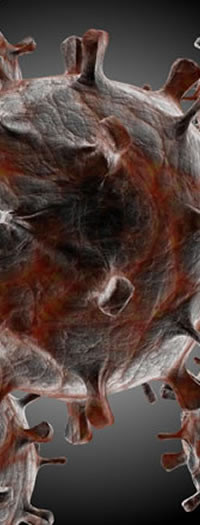 What is platelet rich plasma (PRP)?
What is platelet rich plasma (PRP)?
Platelet rich plasma is a portion of the blood that has been processed, usually by centrifuge, to contain a higher concentration of platelets than in the whole blood. The PRP contains platelets and varying numbers of white blood cells (WBCs) and red blood cells (RBCs), depending on the method of preparation.1 In addition to cells, PRP contains other growth factors and substances that are normally in the plasma, such as insulin-like growth factor 1 (IGF-1).1,2 Platelet rich plasma can be injected at a site of injury, or it can be made into a platelet-rich fibrin clot (PFRC) to use as a scaffold and source for sustained release of growth factors.1
Why use PRP?
The rationale for using PRP is that platelets contain many growth factors and signaling molecules in their granules. The most important of these are considered to be transforming growth factor beta (TGF-β1) and platelet derived growth factor (PDGF).1-4 These growth factors reduce the expression of inflammatory cytokines, such as IL-1 and TNF-a, which dampens the neutrophil response and the production of destructive matrix metalloproteinases (MMPs).1,5-7 Additionally, they encourage proliferation and differentiation of resident cells.7,8 The goal is that the body’s natural healing response is enhanced by delivering a high concentration of growth factors directly to the site of injury.
How is PRP prepared?
The most common way to prepare PRP is to draw the patient’s blood and then separate the blood using one or two spins in a centrifuge, but there are other methods, such as filtration.1,9 When the whole blood (WB) is spun in the centrifuge, it separates out into a layer of red cells, a buffy coat layer that contains the platelets and WBCs, and platelet poor plasma. Some systems recommend a second centrifugation to further concentrate the platelets. The platelets can then be activated if desired. Activating the platelets before injection causes them to release the contents of their granules and will also start clot formation. Activation is necessary to form a PFRC, but it is not known if activation is necessary when PRP is being used for a local injection, as platelets normally activate upon contact with collagen and other substances located at injection sites.1,4,10 There is tremendous variability in the final platelet, WBC, and RBC concentrations between commercial PRP preparation, between patients, and between species.1,11-14 As an example, one product reported to yield a platelet concentration 2.5 times the WB concentration in humans only generated a platelet concentration that was equal to WB in dogs.12 Such variability makes it difficult to evaluate the evidence and compare studies, as all PRP preparations are not equal, and it is important to understand the make-up of the particular PRP preparation being used. The higher the platelet concentration, the more growth factors are available.8,13 However, some research has shown that extremely high platelet concentrations (greater than three times WB) may not be as beneficial as more modest platelet concentrations (two-to-three times WB).8 Moreover, WBC-rich PRP has higher concentrations of inflammatory cytokines and MMPs, suggesting that reducing the WBC concentration may be more important than boosting the platelet concentration.15,16 More studies are needed to determine the ideal platelet and WBC concentrations for each application.
How successful is PRP in treating orthopedic injuries?
Platelet rich plasma has been used in humans for a variety of orthopedic conditions, including tendon/ligament injuries, osteoarthritis, muscle injuries, meniscal tears, cartilage defects, fractures, total joint arthroplasties, and others.17 Overall the success of PRP treatment is highly variable, likely due in part to the variability in the PRP preparations used.14,18,19 In veterinary medicine, PRP has most often been reported for tendon/ligament injuries and osteoarthritis.20-23 The majority of the veterinary literature reporting on PRP involves its use in equine patients, and evidence in canine patients is lacking.7,9,20,24 In a study of eight dogs with experimentally created patellar tendon lesions, use of a PRFC did not enhance healing.22 However, in a study of 12 dogs with experimentally created Achilles tendon tears, use of PRFC resulted in decreased lameness and improved histologic scores.21 In a blinded, controlled clinical study of canine patients with elbow osteoarthritis, intra-articular injection with a PRP-related product, called autologous conditioned plasma (ACPa), resulted in similar improvement as dogs receiving intra-articular injection of a corticosteroid and hyaluronic acid.23 Additional prospective, controlled clinical trials are needed to understand the role for PRP in treating canine orthopedic injuries and diseases.
In summary, PRP appears to be safe and potentially useful in treating a number of orthopedic conditions — in vitro data and clinical results in other species are encouraging. However, the significant variability in PRP preparations and lack of consistent results make it difficult to assess the utility of PRP therapy. The ideal concentrations of platelets and WBCs are unknown, and likely depend on the type and chronicity of the injury.15 High level evidence for their use is severely lacking for canine patients, and the decision to use PRP should be made with the knowledge of the composition of the PRP and after discussion between the veterinarian and client about the costs, risks, limited evidence, and other traditional treatments.
By Dr. Ryan E. McCally




